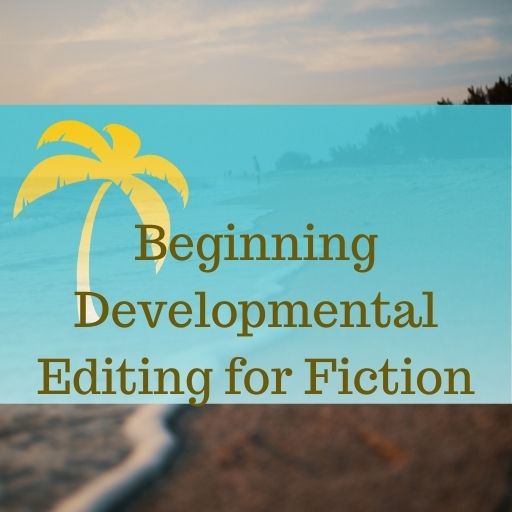Use of Authoritative Editing Style Guides
As a developmental editor, you won’t be copyediting, but you do need to be familiar with the authoritative editing style guides copy editors use.

Basic Editing Style Guides
Most of my clients have wanted me to follow The Chicago Manual of Style with some variations. That is standard for book publishing, so it pays to become familiar with CMOS. If you have private clients, you can let them know about this standard and explain that your edits will reflect it.
Tell your author which dictionary you’re using (if your client is a publisher, they may have a preferred dictionary; invest in owning a copy yourself, whether in print or online). CMOS prefers Merriam-Webster (the most recent edition), so that’s what I use.
The style manual is the main place you look to make decisions about how to edit the mechanics of a manuscript. Occasionally your client will prefer a different approach. For example, I have one client who basically follows CMOS but prefers to use no serial commas. This is called the house style.
We’re not copy editors, but we need to be conversant with style and other copyediting considerations to communicate effectively with other members of the editorial team and with the author.
Using Usage Guides
A usage guide, such as Garner’s Modern American Usage, offers information on usage, including examples of incorrect usage, to help you see where the author you’re editing may be going wrong.
This is not to say that you should query every questionable word choice your author makes (that’s the copy editor’s job), just that when you feel the usage is incorrect (and therefore could be confusing to readers), a usage guide helps you ensure that you’re making defensible edits, not just getting on a soapbox about your pet peeves.
Classic usage guides include Fowler’s Modern English Usage, Bernstein’s The Careful Writer, and Skillin and Gay’s Words Into Type. Browsing these guides at the library can be a very educational use of a Saturday afternoon. But don’t be confused by people who say that Fowler’s is easier to use than CMOS; they’re comparing a usage guide with a style guide, and they’re two different things.
One of the most valuable uses for Garner (or other usage guides) is to verify the correct expression of phrases. I cannot tell you how often I encounter incorrect phrases such as “tow the line” for “toe the line” and “in the throws of” for “in the throes of.” A quick glance at Garner will verify if an edit is in order.
Following the Author’s Preference
Line editing and copyediting for fiction are very different from nonfiction and are as much an art as a science. So, you have to be careful that any line edits you make are appropriate and necessary.
One of the publishers I do developmental editing for recommends following the author’s preferences and just making sure those preferences are consistently applied. If an author has a style quirk—such as using spaces around em dashes—and it’s not wrong, just different from what CMOS recommends, we’re asked to let it stand and just be sure that all em dashes are treated the same. In general, this is not a bad approach for most style questions you’ll encounter as a DE.
Tips for Editors & Writers
-
Reading Books for a Living
I discourage editors from saying that our work is “reading books for a living” because that diminishes our expertise and experience. Editing is not reading books for a living; it’s understanding stories and storytelling techniques, cultivating judgment and discernment, practicing effective editorial methodologies and more. But some days, like today, I look around my office…
-
Happy Holidays!
Here in Spain they take Christmas very seriously, and so that’s what I’m doing, too. I’m taking time off to spend with family and friends. We’ll gather for a meal and a walk among the Christmas lights. Then I’ll read a good book before bed. (Perhaps next year I’ll say, “We take Christmas very seriously.”)…
-
Identifying Conflict Problems in a Manuscript
Conflict drives narrative, as I don’t need to tell you. But a problem with the conflict is probably the number one issue I see in the manuscripts I edit. Yet it can be difficult to identify conflict problems. Outside of the most formulaic of approaches, we don’t have a lot of rules about how the…
Join the Club!
New to story editing? Begin at the beginning.



